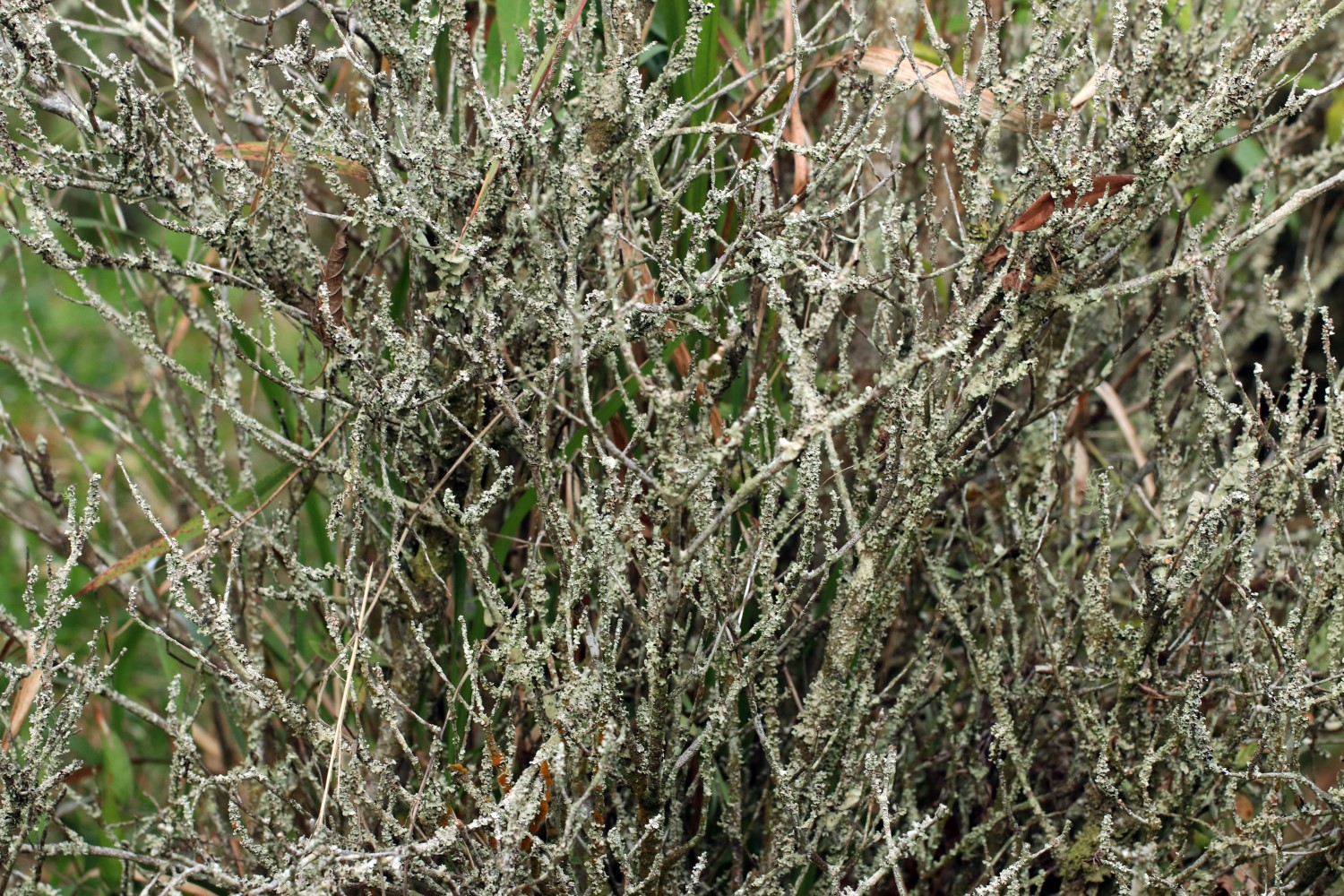【Nature’s Muralists】To marvel at the microscopic world of lichens is to embrace mutualism

Though lichens and fungi may, at first glance, be judged to resemble one another, they are in fact very different life forms. Actually, fungi make up just one half of the magic of lichens. A lichen is a symbiosis of two different organisms: a fungus plus an alga or a cyanobacterium. Whereas fungi are incapable of generating energy by themselves, lichens, as a composite organism, are able to carry out photosynthesis using the chloroplasts contained in the alga or cyanobacterium. In addition, the presence of a cyanobacterium confers the capacity to fix atmospheric nitrogen. This is a biochemical reaction wherein nitrogen is harvested from the air and converted to ammonia, a more biologically useful form of the element. By joining forces in this way, the symbiotic relationship between a fungus and a primary producer has brought about many benefits not just for these organisms themselves, but also for the environment as a whole. This mutually beneficial relationship is good for everyone.
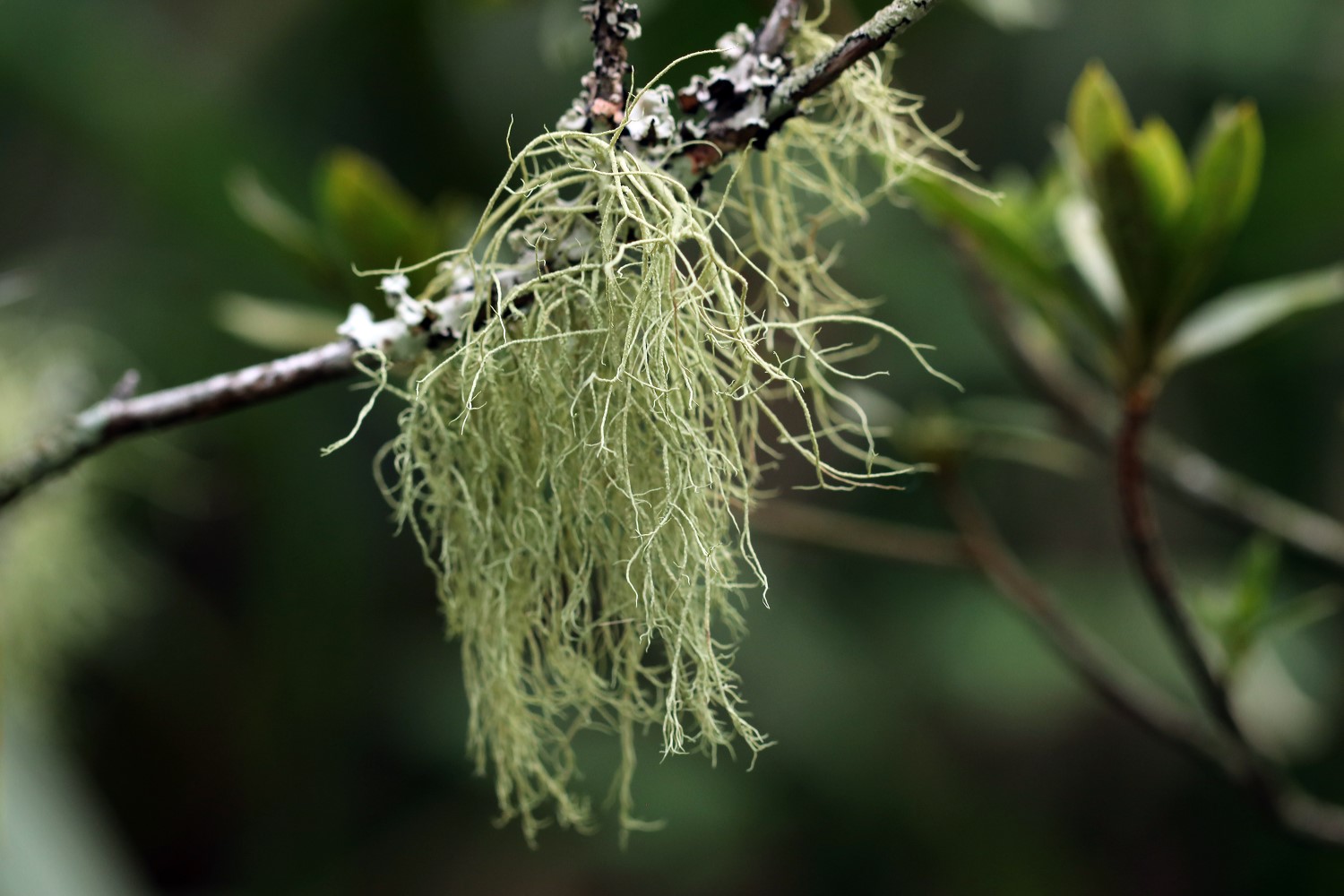

So, if the alga and cyanobacterium confer the ability to convert light into energy, what does the fungus bring to the relationship? Well, in return, the alga and cyanobacterium are provided with a secure and protected environment in which to grow, sheltered from the damaging effects of ultraviolet rays courtesy of pigments that form in the fungus’s protective cortex. In addition, fungi are masters at absorbing moisture and minerals from their environment, thereby nourishing the lichen. The relationship therefore makes the individual organisms more robust and better able to colonise habitats they would otherwise not be able to thrive in.
You may think you have never come across a lichen – in which case, you may need to think again. Lichens can be found in a very wide range of habitats, including woodlands, deserts, the sea shore and arctic tundra, growing on bark, rock, soil and the walls of buildings. They are the surprising splashes of colour and curious vestments of texture that fresco nature’s surfaces.
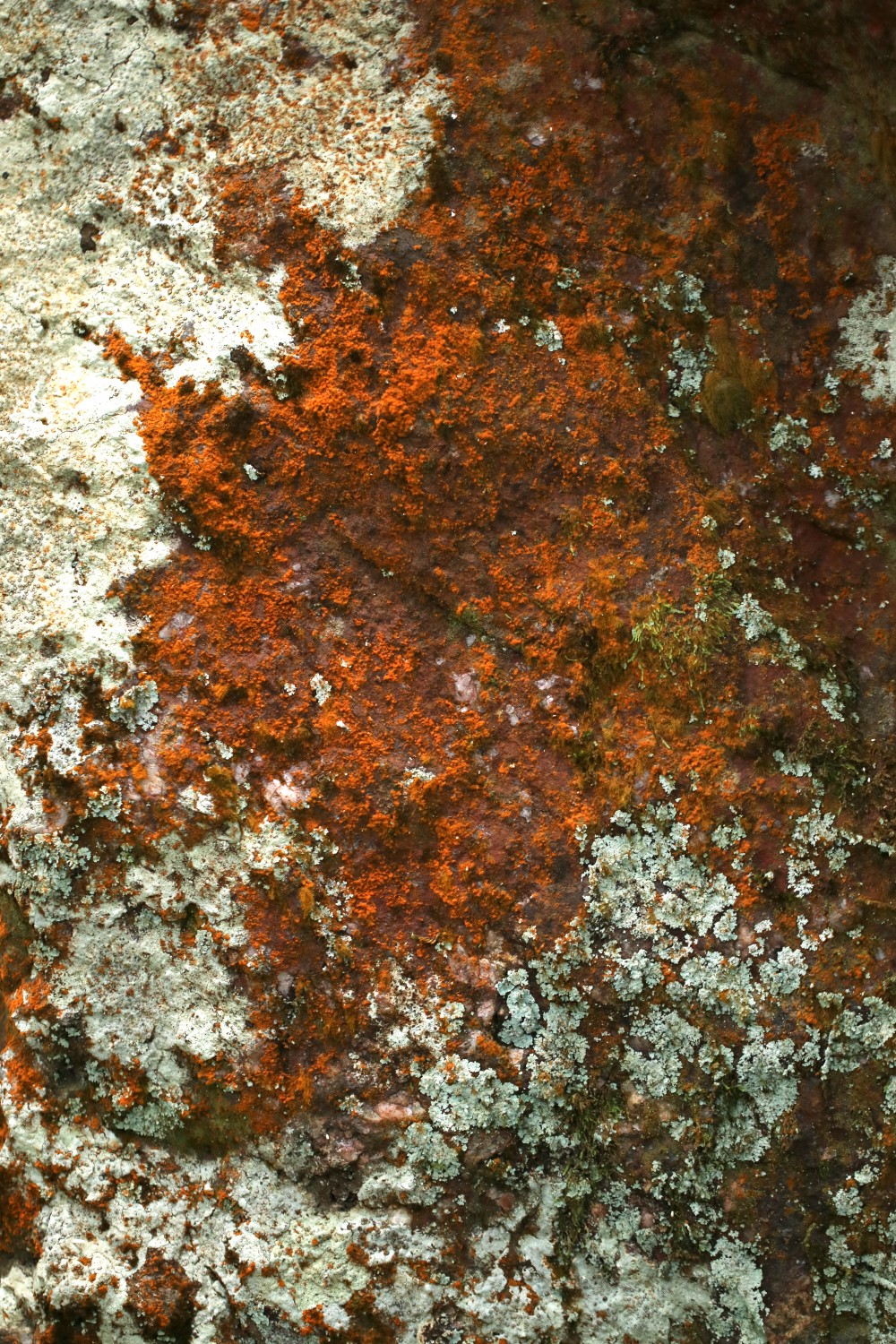
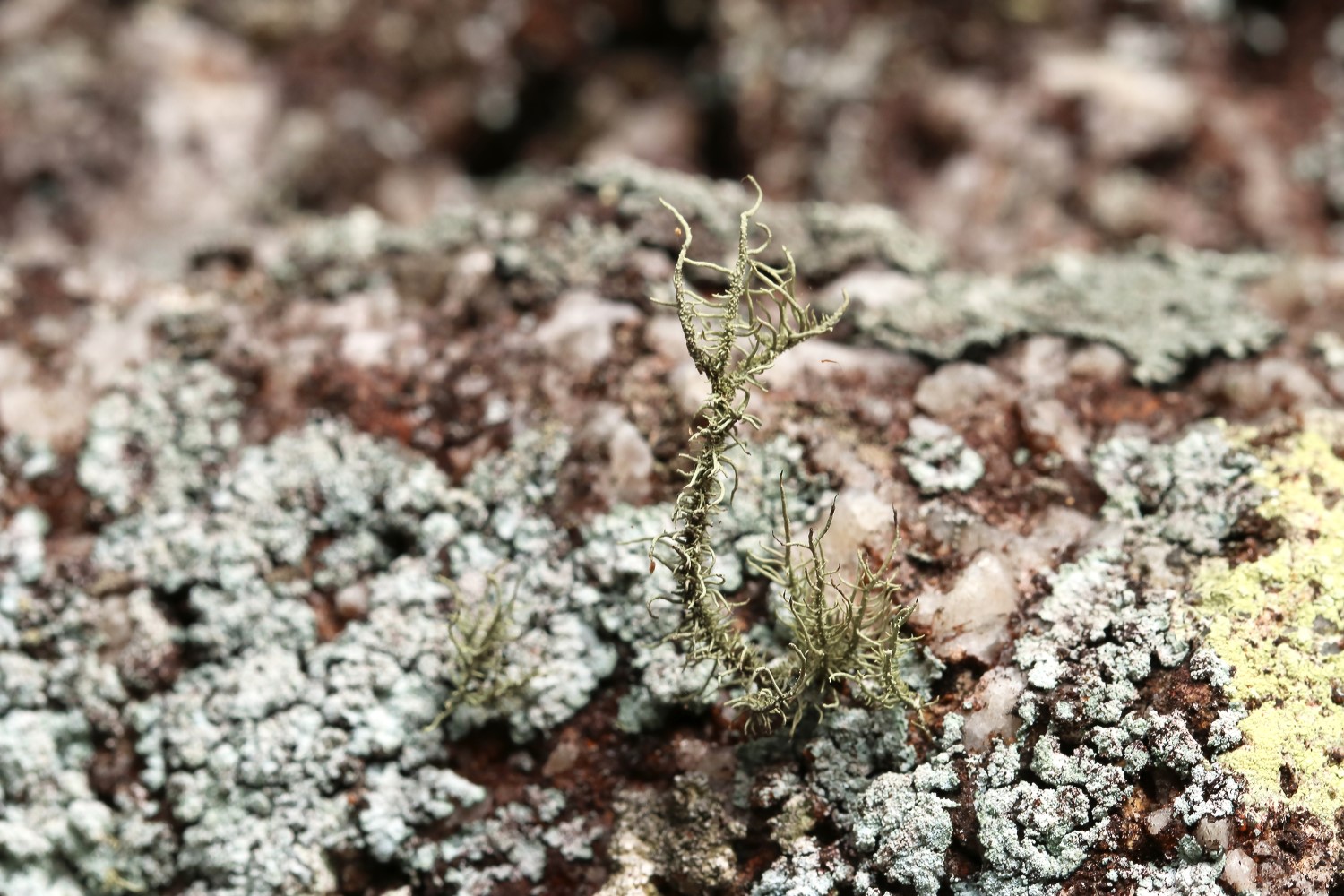
However, the secret ingredient in this microscopic world is air quality. Lichens are very slow growers and can only persist in environments with excellent air quality.

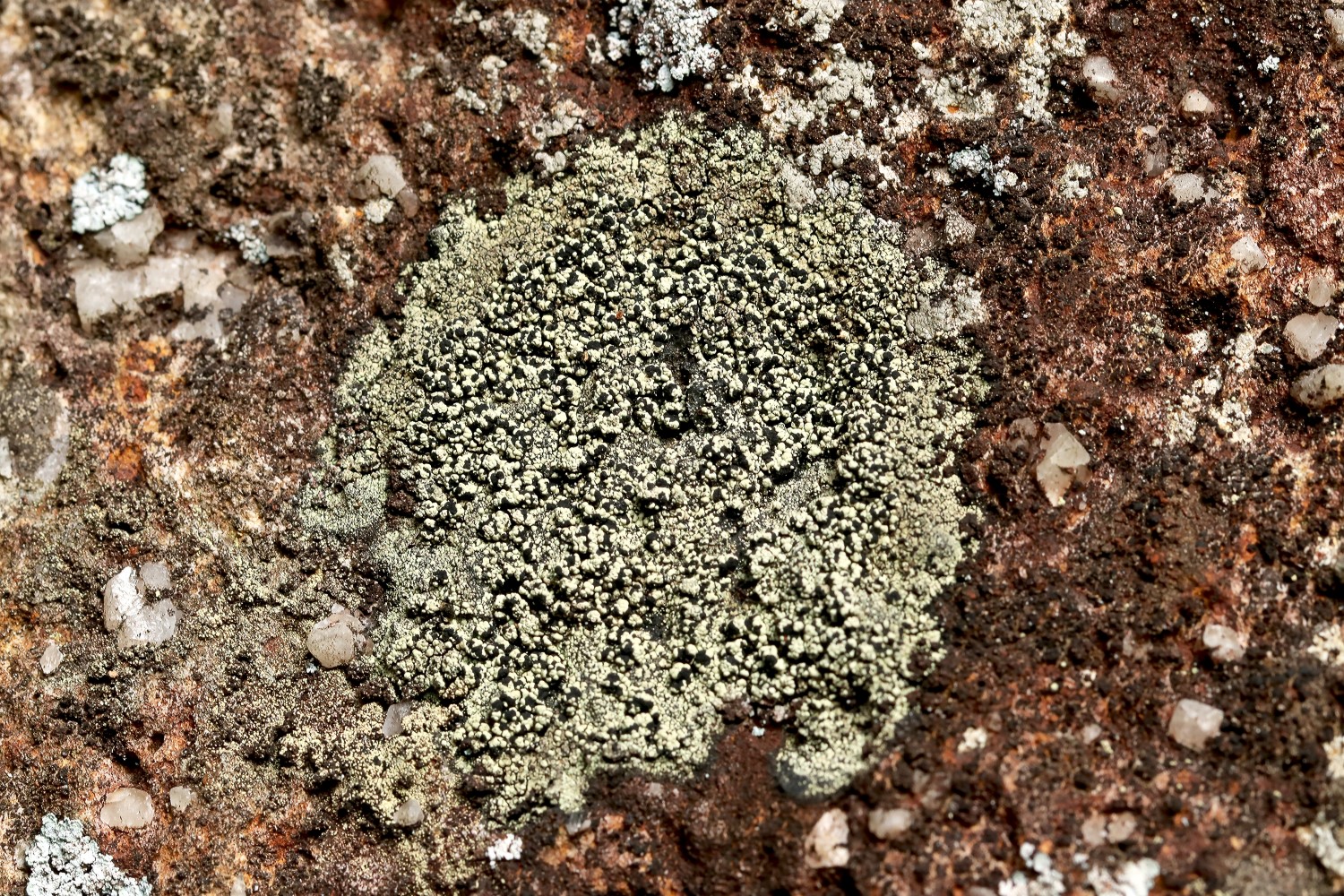
Interestingly, lichens change colour depending on their degree of hydration. When it is dry, lichens adopt the plain colouration of the fungus and so look dull and grey. However, when they are wet, the cells of the fungal upper cortex become transparent and the underlying pigmentation of the algal or cyanobacterial layers shines through, totally transforming their appearance. Algae bestow a bright green colour, while cyanobacteria impart a dark green, brown or black. Special pigments imbue a dazzling palette of reds, oranges and yellows.
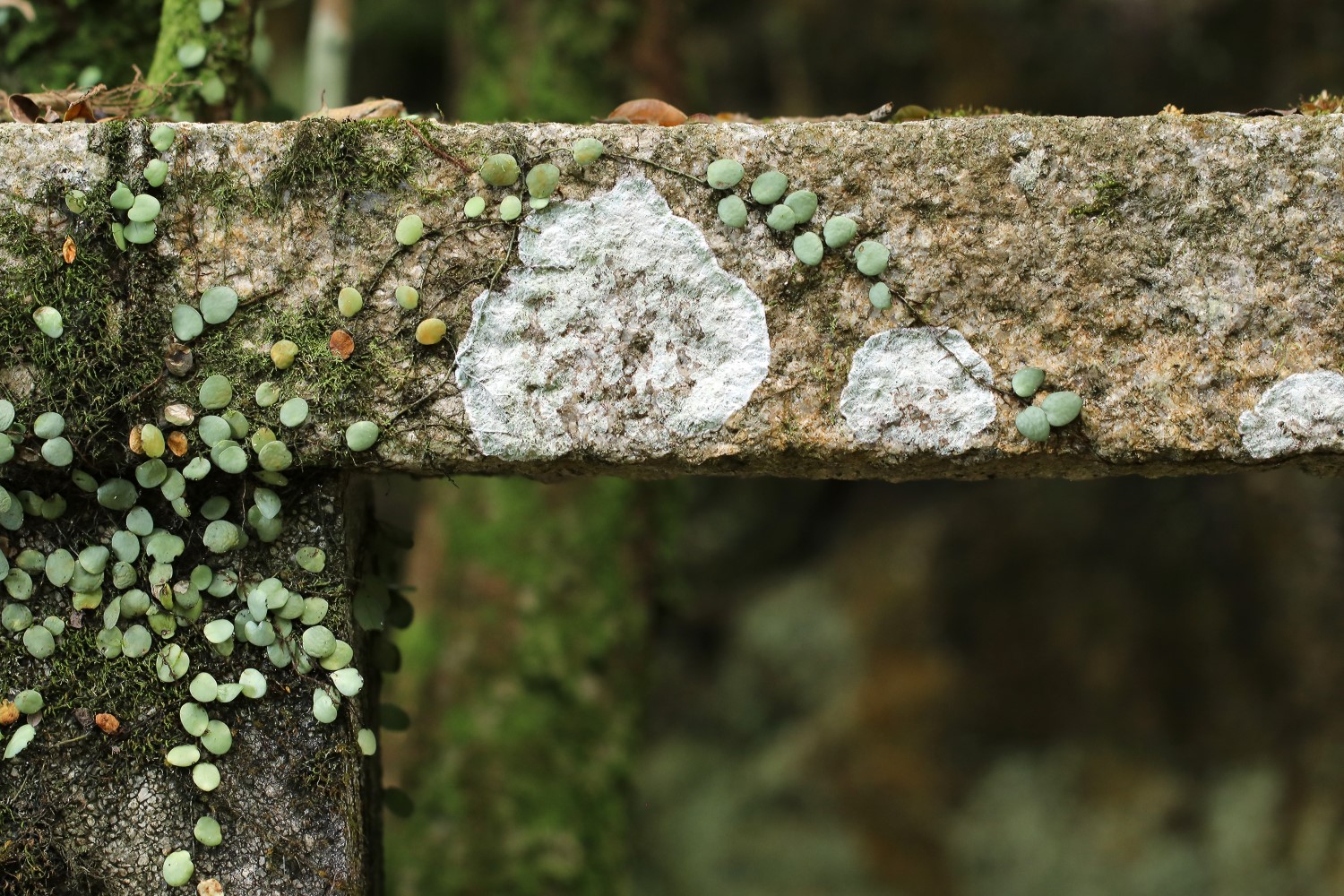
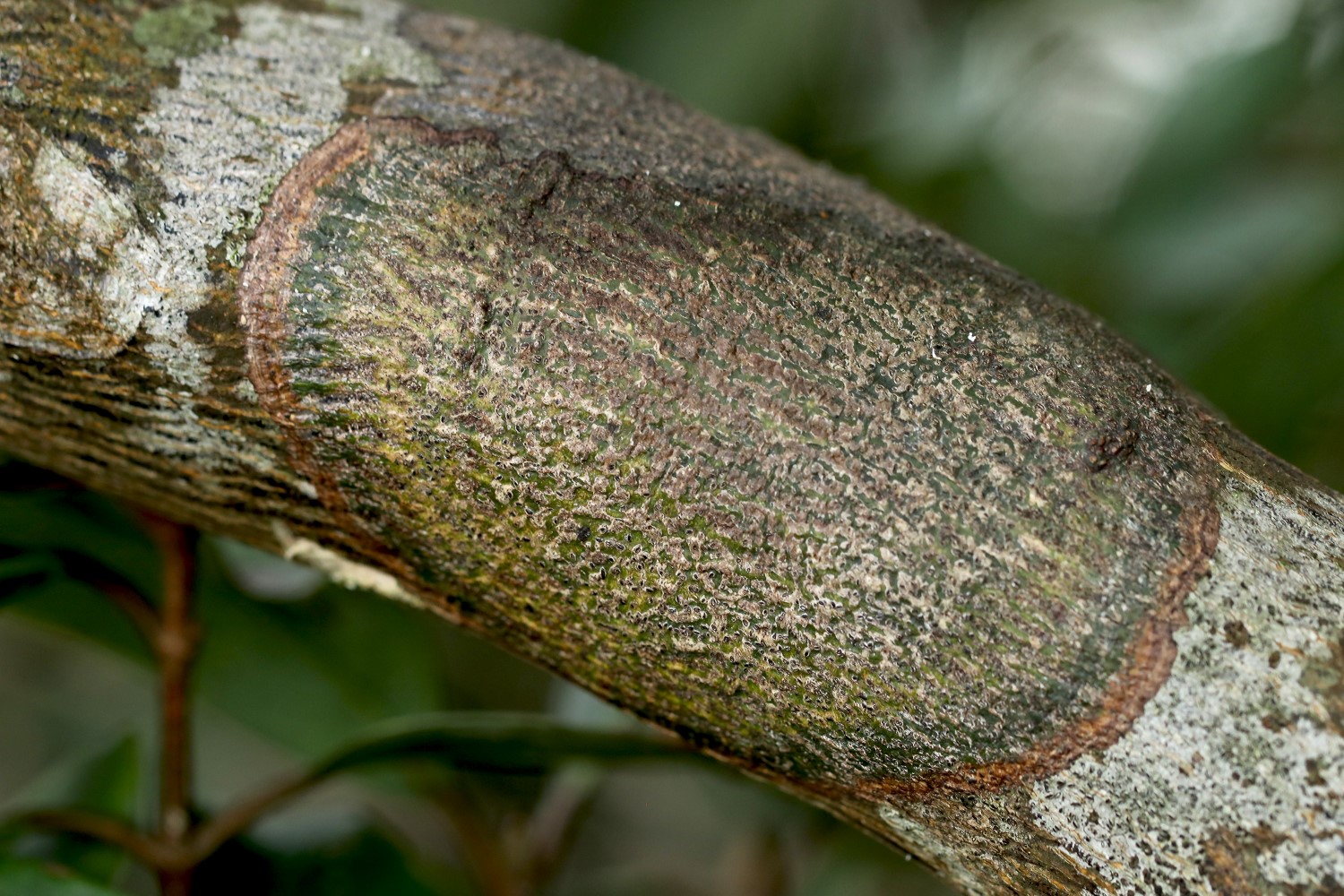
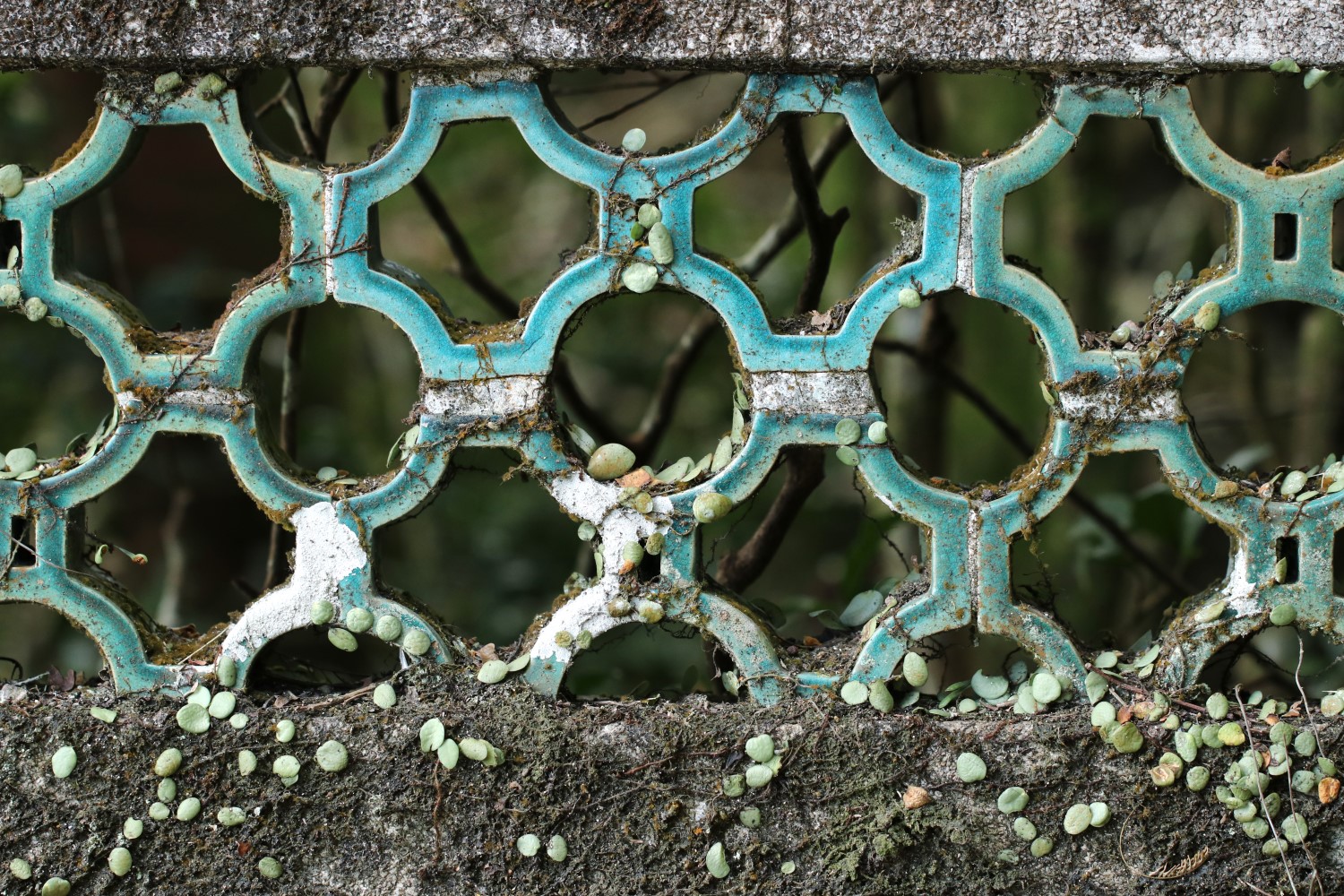

In many traditional cultures around the world, lichens were (and, in some cases, still continue to be) used as natural dyes for wool and cloth. Their pigments have been used to colour Scottish kilts, Native American rugs and the robes of European kings and high church officials during medieval times.
But lichens are more than just decorative. They play important roles in various environmental processes. On top of their ability to fix nitrogen, lichens play a part in biological weathering by breaking down rocks and releasing minerals, contributing to the formation and turn-over of soils.
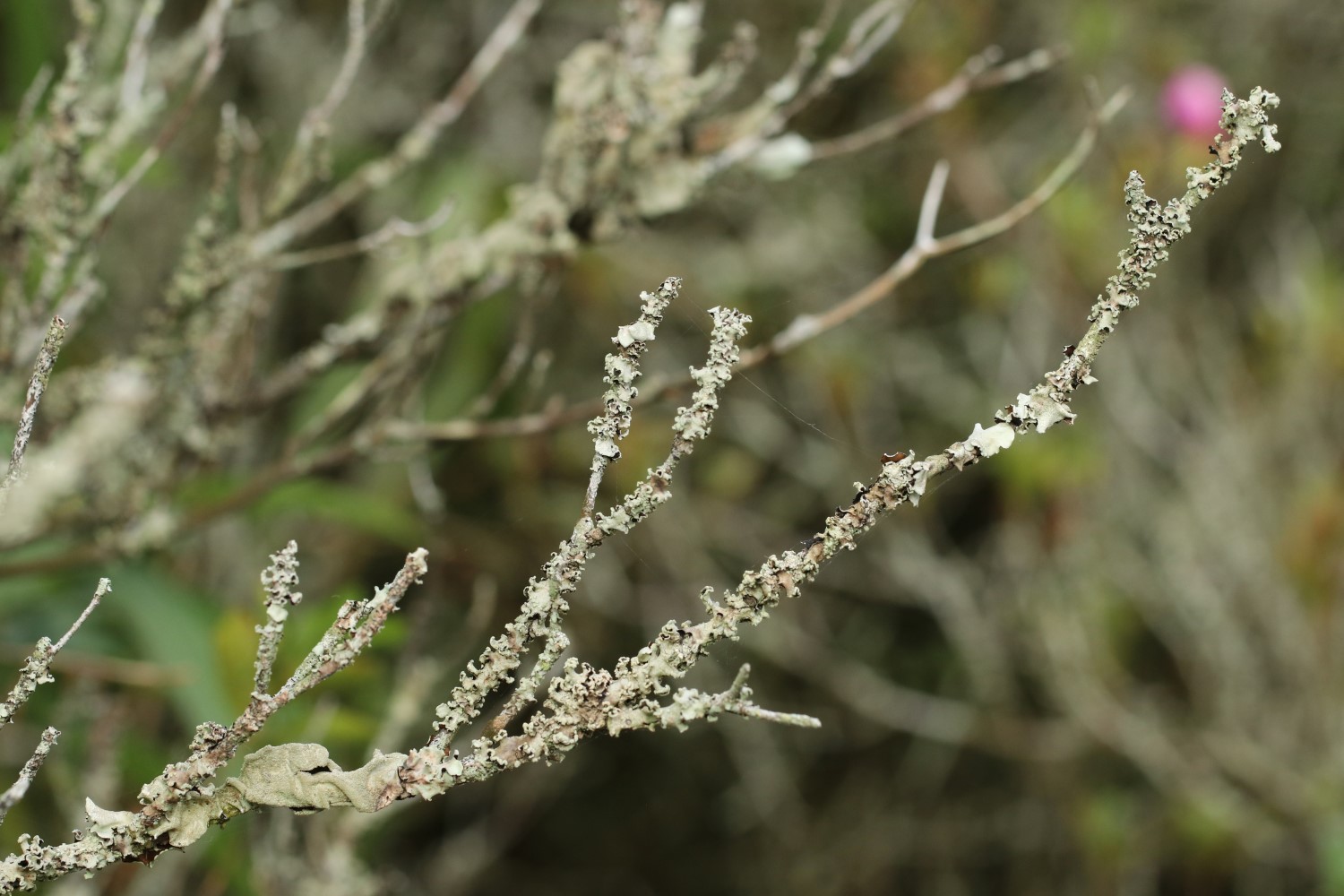

Human society is increasingly aware of the need to ensure that our activities do not threaten the ecosystem on which we depend and to repair the natural world. Lichens could play a vital role in this, too. Many lichens exhibit high habitat specificity and can absorb pollutants such as heavy metals, carbon and sulphur, making them excellent indicators of air quality and pollution, an aptitude that can be employed for biomonitoring of our environment.
We are very fortunate to have a large and diverse array of lichens here at Kadoorie Farm and Botanic Garden, and it is always a delight to come across these wonderful organisms. The next time you encounter a lichen, examine it carefully, appreciate the biological significance of this mutualism, and savour its artistic flair.
